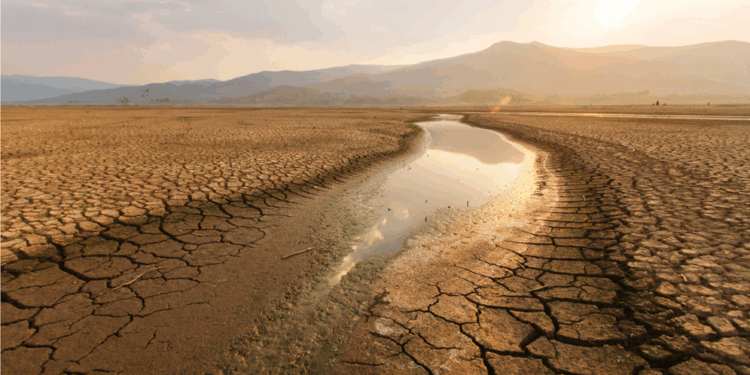Assam has recorded a rainfall deficit of over 42 percent between June 1 and July 28, prompting state authorities to initiate emergency drought-mitigation measures across 27 districts experiencing drought-like conditions during the ongoing kharif season.
According to a report, the worst-affected districts include Barpeta, Bajali, Baksa, Bongaigaon, Dibrugarh, Golaghat, Goalpara, Morigaon, Nagaon, Kamrup (Metro), Kamrup, Nalbari, Tamulpur, Kokrajhar, Dhubri, Sonitpur, South Salmara Mankachar, and Lakhimpur, among others.
In response to the situation, the Assam government has issued a notification directing District Commissioners to assess and restore all irrigation schemes in the affected areas on an urgent basis. The Agriculture Department has also been instructed to ensure adequate availability of short-duration paddy seeds such as Bina-10 and Bina-11 for immediate distribution to farmers.
“This rainfall deficit has severely affected sowing activities and crop health in key agricultural zones. Immediate intervention is crucial to minimize damage to the kharif output,” a senior official from the Agriculture Department stated.
Farmers across these regions depend heavily on monsoon rains for paddy cultivation, and the prolonged dry spell has disrupted the agricultural calendar. Experts warn that without swift irrigation support and access to climate-resilient seed varieties, the deficit could impact food security and rural livelihoods.
The Assam government’s move to stock and distribute early-maturing paddy varieties is aimed at salvaging the season by enabling farmers to replant within the shortened cultivation window.
Meteorological data indicates that the rainfall shortfall in Assam is among the highest in recent years, raising concerns over a broader climatic trend affecting Northeast India. While the India Meteorological Department (IMD) has not officially declared a drought, state authorities are treating the situation as a severe agrarian crisis.





